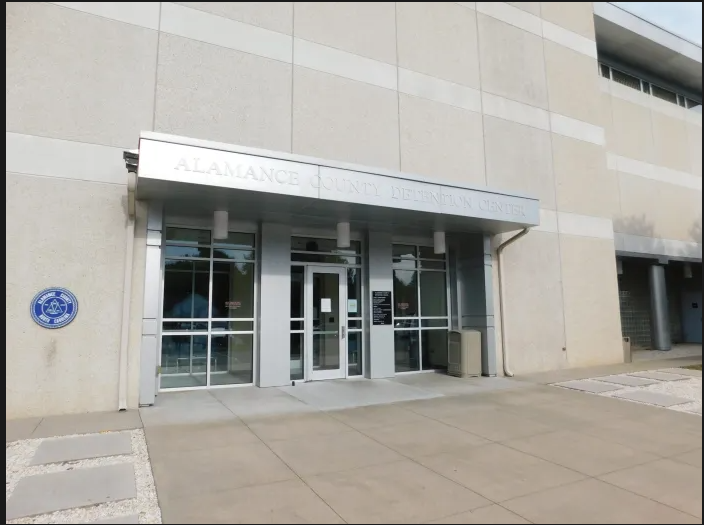
Bail Bonds As Low as 5% Down | Hairston Bail Bonds
Bail Bonds in Graham, NC Your Trusted Bail Bondsman in Graham, NC If you or a…

Trusted 24/7 Bail Bondsman Hillsborough, NC | Hairston Bail Bonds
Local Bail Bondsman Serving Orange County NC Bail bondsmen servicing Orange County play a crucial role…

Wake County Bail Bondsman In Raleigh NC (919) 423-3275
Wake County Detention Center 3301 Hammond Road Raleigh, NC 27610 Wake County Bail Bondsman In Raleigh…

Get A Bail Bondsman In Durham NC (919) 423-3275
Durham County Detention Facility-219 S Mangum St, Durham, NC 27701 Get A Bail Bondsman In Durham…

Franklin County NC Bail Bonds- Hairston Bail Bonds Louisburg, NC
Unlocking Freedom with Hairston Bail Bonds Welcome to Hairston Bail Bonds, your trusted ally in navigating…
About Us
Our Company: Leading Bail Bond Services in North Carolina At Hairston Bail Bond Services in North…
- Contact Us : (919) 423-3275
